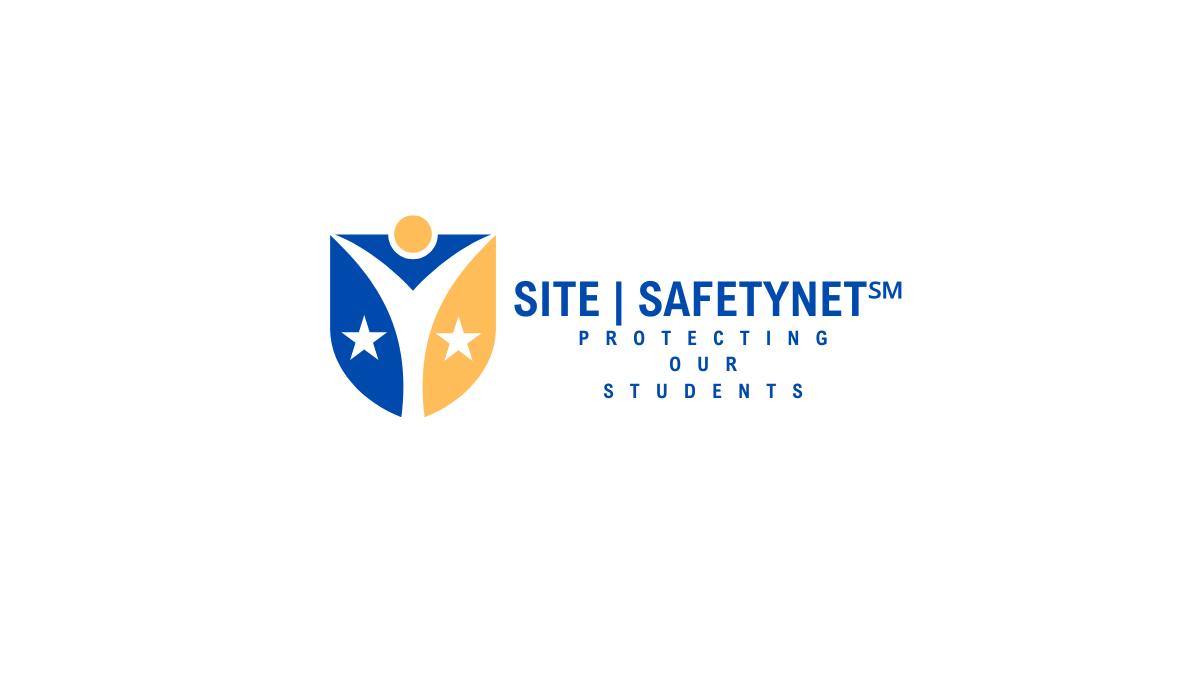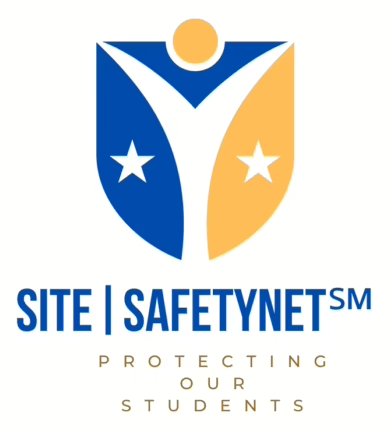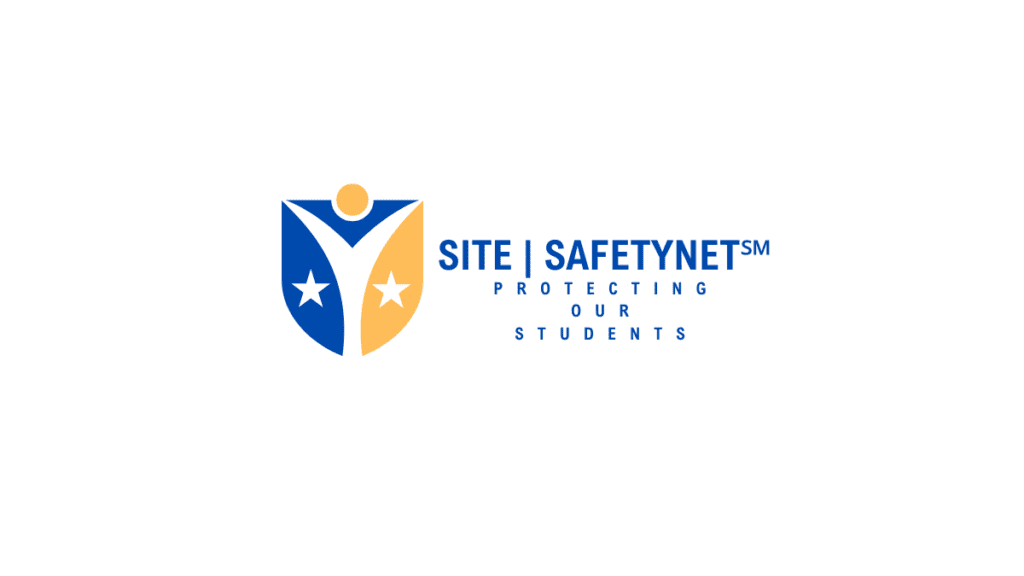 7 Leadership Strategies for Superintendents and Principals to Manage School Crises Effectively. As each new school year begins, excitement and anticipation are met with the ongoing challenge of ensuring safety amid evolving threats, from natural disasters to acts of violence. School leaders—superintendents and principals—are on the front lines of crisis management, guiding their school communities through these challenges. SITE|SAFETYNET℠ offers these seven actionable strategies to help school leaders effectively navigate crises while maintaining a safe environment for students, staff, and visitors.
7 Leadership Strategies for Superintendents and Principals to Manage School Crises Effectively. As each new school year begins, excitement and anticipation are met with the ongoing challenge of ensuring safety amid evolving threats, from natural disasters to acts of violence. School leaders—superintendents and principals—are on the front lines of crisis management, guiding their school communities through these challenges. SITE|SAFETYNET℠ offers these seven actionable strategies to help school leaders effectively navigate crises while maintaining a safe environment for students, staff, and visitors.
-
Establish Strong Communication Channels
Effective communication is the bedrock of crisis management. Schools with successful safety outcomes consistently maintain open channels, encouraging students, parents, and staff to share concerns. Superintendents and principals should use various platforms—email, social media, and school websites—to provide real-time updates. Transparent communication before, during, and after an incident helps build trust and ensures everyone stays informed, reducing fear and confusion.
-
Lead with Visibility and Empathy
A visible and empathetic leadership presence is vital during times of crisis. Being accessible reassures the school community, and engaging with those affected—students, staff, and families—demonstrates genuine support. Strong leadership plays a critical role in recovery, whether providing guidance during an emergency or offering emotional support after a tragedy. Ensure students and staff access to mental health resources to support the healing process.
-
Make Informed, Ethical Decisions
Data and expert advice should inform crisis decision-making. Leaders must balance the urgency of the situation with long-term considerations. Ethical and reflective decision-making enhances resilience in students and staff, helping them adapt and recover from crises. Flexibility is key—adjusting plans as new information emerges ensures the safety and well-being of the school community.
-
Focus on Preparedness and Planning
Preparedness is essential for effective crisis management. Schools must develop comprehensive safety plans and regularly update them to address new risks, including collaboration with local first responders. They must also conduct regular safety drills so staff and students know exactly what to do in an emergency. Detailed evacuation routes, clear roles for crisis response teams, and coordination with police and fire departments are critical for ensuring quick and effective action during a crisis.
-
Prioritize Safety and Security Training
At the start of the school year, ensure all staff are trained on safety protocols and emergency responses. Create a dedicated crisis management team with clearly defined roles. Programs like Psychological First Aid (PFA) provide staff with the tools to recognize trauma and support students after a crisis, promoting faster recovery.
-
Engage Parents and the Community
Parents and the broader community are essential partners in school safety efforts. Superintendents and principals should regularly engage parents, ensuring they understand their role during crises and are kept informed. Local emergency services and health authorities should be involved to coordinate responses and access additional resources. The shared responsibility between school staff, parents, and the community creates a safer student environment.
-
Conduct Regular Hazard Assessments
Schools should regularly conduct Hazard, Vulnerability, and Impact Assessments (HVIA) to identify potential risks and develop emergency plans accordingly. After every crisis, review what worked and what didn’t, gathering feedback from teachers, staff, parents, and students to refine safety procedures. Continuous assessments help schools adapt to emerging threats and ensure that safety measures remain effective.
Incorporating Safety Technology
With the rise of advanced safety solutions, integrating technology can enhance crisis response. 911Cellular’s Panic Alarm Button System allows immediate communication with emergency services, streamlining response times during critical incidents. Additionally, the “I Love U Guys” Foundation’s Standard Response Protocol (SRP) provides schools with a clear communication strategy during emergencies, improving coordination between staff, students, and first responders.
A Year-Round Commitment to Safety
School safety requires an ongoing, collaborative effort from all stakeholders. By fostering a culture of vigilance and clear communication, superintendents and principals can lead their schools through crises while ensuring that students and staff feel supported and safe year-round.
SITE|SAFETYNET℠ is committed to supporting school leaders with real-time data and safety assessments to help keep schools safe and secure, no matter their challenges.

